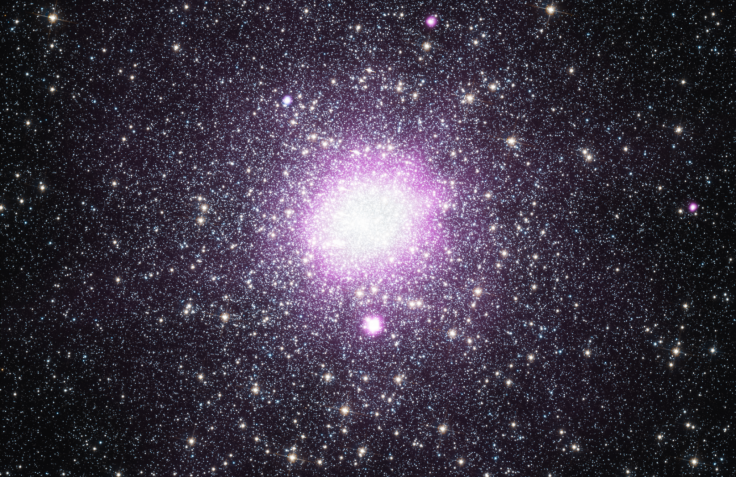‘Nearby’ Black Hole Discovered By Astronomers And There Are Probably A Lot More

Astronomers have announced the discovery of a “nearby” black hole which was previously thought to be a distant galaxy, and said the discovery suggests there could be many more similar black holes much closer to Earth.
The discovery was only made when astronomers combined data from NASA’s Chandra X-ray Observatory, the Hubble Space Telescope and the National Science Foundation’s Karl G. Jansky Very Large Array (VLA) to conclude that a peculiar source of radio waves thought to be a distant galaxy is actually a nearby binary star system containing a low-mass star and a black hole.
“Usually, we find black holes when they are pulling in lots of material. Before falling into the black hole this material gets very hot and emits brightly in X-rays,” said Bailey Tetarenko of the University of Alberta, Canada, who led the study. “This one is so quiet that it’s practically a stealth black hole.”
Astronomers have known about the phenomenon — known as VLA J2130+12 — for two decades, but until now it was believed to be a distant galaxy. By combining the available data, the astronomers have discovered that the black hole is a few times the mass of our Sun and it is very slowly pulling in material from a companion star.
This study only covered a “very small patch of sky,” which suggests that there is likely to be many of these quiet black holes around the Milky Way including some much closer to Earth, Nasa says. “The estimates are that tens of thousands to millions of these black holes could exist within our Galaxy, about three to thousands of times as many as previous studies have suggested.”
Before anyone becomes worries, remember that in space the term “nearby” is relative and that the new discovery is 7,200 light years away and that 1 light year is equivalent to 5.8 trillion miles.
“Some of these undiscovered black holes could be closer to the Earth than we previously thought,” said Robin Arnason, a co-author from Western University, Canada “However there’s no need to worry as even these black holes would still be many light years away from Earth.”
© Copyright IBTimes 2024. All rights reserved.




















